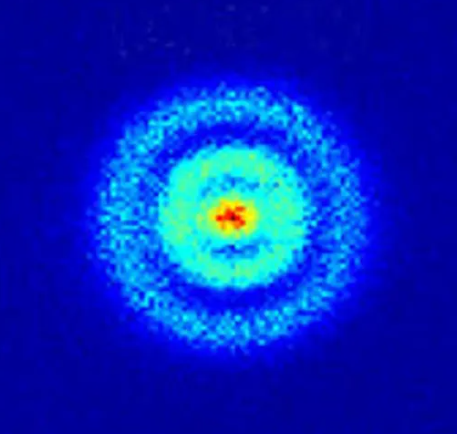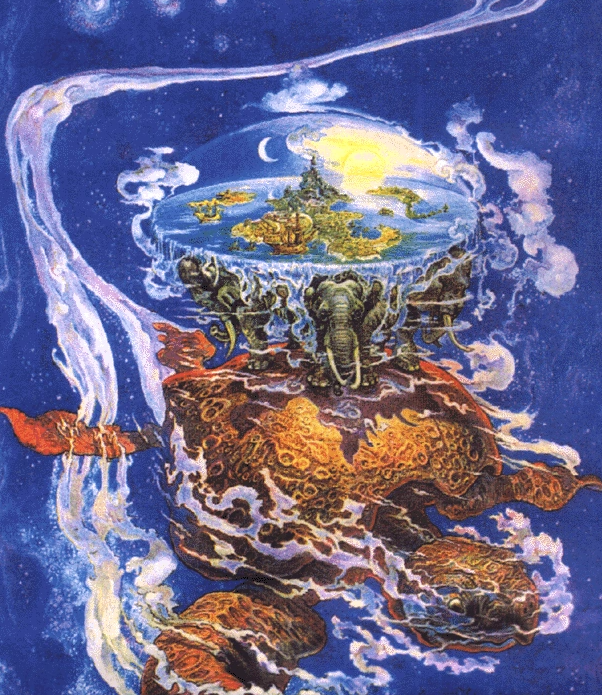Never found what I was looking for
Now I found it, but it's lost-- Blind Guardian, Valhalla
Electricity

Electricity is the flow of charged particles.
Charge can be positive or negative.
Electrons are one of the 17 fundamental particles of the universe, and for us, the carbon life forms, is possibly the most important one. It is what defines the chemistry that we experience, the materials we build and the way our bodies interact with the world around us. Electrons have negative charge.
Up quarks have 2/3 charge and Down quarks have -1/3 charge.
Protons are made from 2 Up quarks and 1 Down quark, they have positive charge (2/3 + 2/3 - 1/3 = 1). You can see protons are not fundamental, as they are made from quarks, as opposed to electrons which are primitive (as far as we know, not long ago we thought protons are primitive as well).
There are also anti-electrons called positrons, same as electron but with opposite charge, and anti up anti down quarks and so on, they are also fundamental, they are what we call antimatter, we dont have much of it around us in the universe, as it explodes when it interacts with with our matter.
This might sound like nonsense, Up and Down quarks, anti electrons, 17 particles, 1/137 and so on, but, things are the way they are. Absurd. As Terry Pratchet says, living on a disk world on top of 4 elephants, dancing on top of a giant turtle that is swimming through space, is probably less bizzare than quantum mechanics and the standard model of theoretical physics.

Electric current is the flow of electric charge per second, 1 Amp (Ampere) means that 1 Coulomb of charge passess through the point of measure per second.
1 electron has very tiny charge, exactly 0.0000000000000000016 Coulombs, So if you measure 1 Amp in an electric circuit, it means there bazillion electrons passing through. For reference, your laptop's processors runs on about 100 milli amps, or 0.1 amp. Playing music your iPhone about 300000000000000000 electrons cycle through the circle per second.
Some materials make it easy for charge to flow, for example copper or iron, those are called conductors, some make it very hard and resist it, like air or glass, they are insulators, and the most interesting materials are those that can be both a conductor or insulator depending on conditions, we call them semi-conductors. The best ones are those where the condition to make them insulator or conductor is electric charge! So we can have loops where the output of the semi-conductor through complicated structures and paths can feed back into itself and either turn it on or off.
You know how gravity creates more gravity? As in the more mass you have the more gravity, which creates stronger gravitational field, which pulls more mass, which creates stronger gravitational field... and so on. Gravity is unstable. Electricity is not like that, it wants to stop, all it tries to do is to balance itself out. Get to the lowest energy, peace and quiet.
It will always find a way to balance out, sometimes it will surprise you in the paths it finds, it will go back on your wires, or leak or jump, so you have to think carefully, or it will trick you.
We will discuss electricity again in the book, but I suggest you watch Veritasium and styropyro's youtube videos on the subject.
Our computers run on electricity, and all of them use moving electrons. We have discovered how to make reliable semiconductors from Sillicon and Boron/Gallium/Indium, that we can control with electricity. This technology has unlocked the computer revolution.